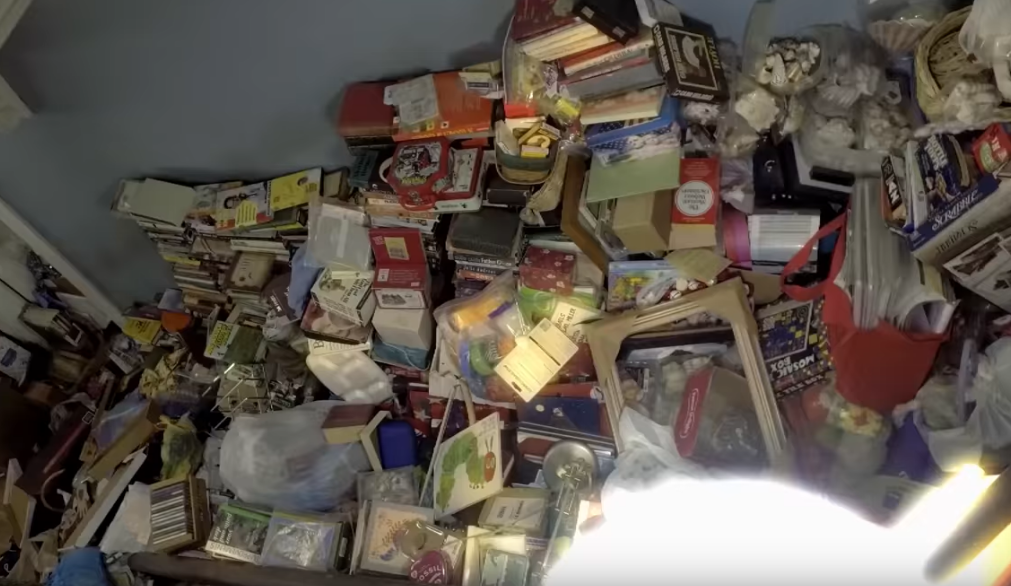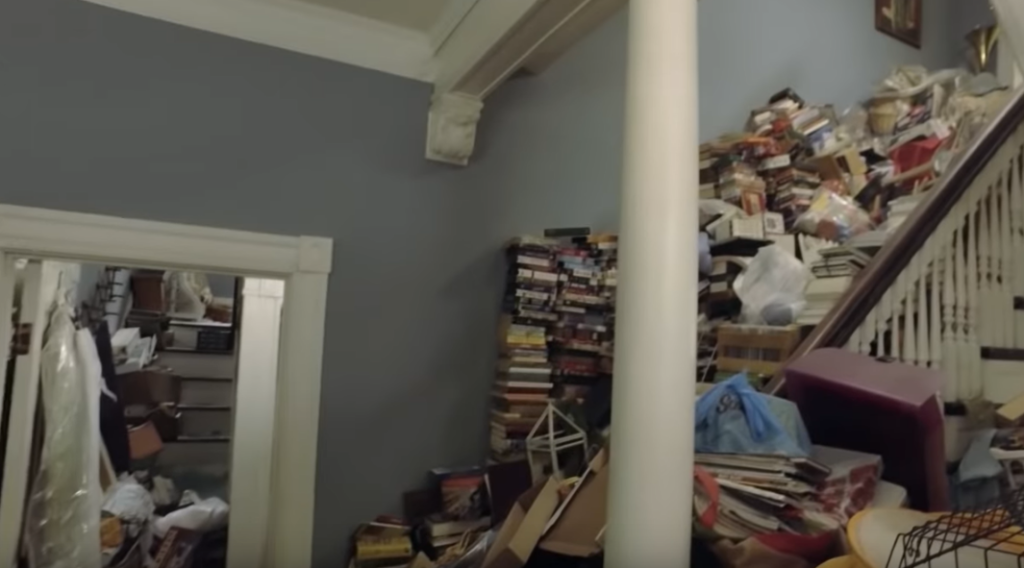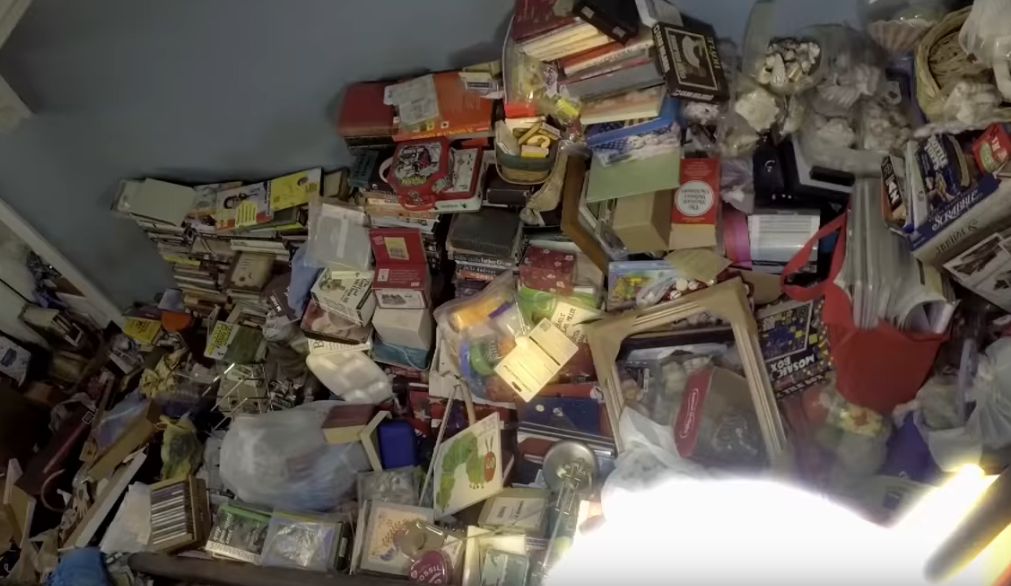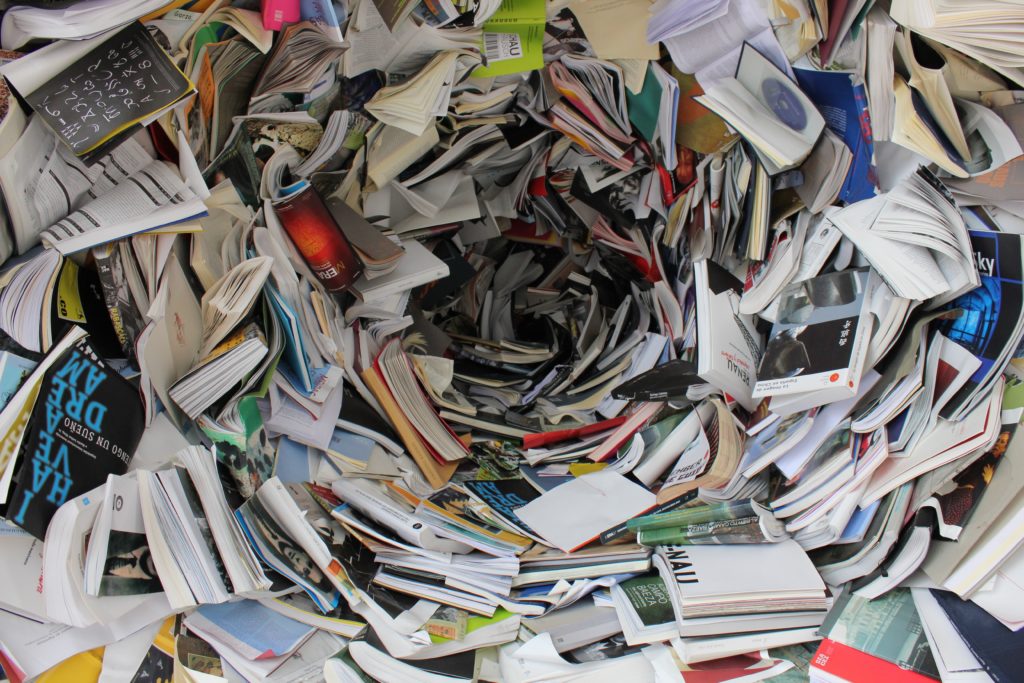So, you think you’re not a hoarder? Then why do you still keep every napkin, utensils and cute bowls to-go from the restaurants you ate at last year, or the hotel soaps and shampoo sachets from your trip three years ago? Why do you think you need those bags and shoes you just bought online (when you have more than 50 bags and an Imeldific number shoes, and you have even nowhere to go to during the lockdown)? Oh, and that blouse or shirt you saw in your favorite boutique… we know you just had to have it in all colors.
Hoarding, taking, or keeping what is more than you need is all-pervading, regardless of age, shape, size, gender, or religion around world, yes including Filipinos. And with the holiday season over, you may have realized now how many times you’ve clicked #AddToCart or #BuyNow from your favorite e-commerce platform.
The Hoard Mentality
By definition, hoarding is a practice of collecting and accumulating anything that is more than what is necessary, and it can manifest in more ways than one. Hoarders can be as subtle as toy collectors, artists, crafters, and hobbyists. But don’t get me wrong, there is no harm in buying that latest Funko Pop doll you’ve been eyeing or anything that you’re passionate about). The worse kinds are those who are selfish and inconsiderate. Perhaps the most relatable type of hoarders that we love to hate would be on the onset of the Covid-19 crisis, when people would rush to the supermarkets and amass those toilet papers and canned goods as if there would be a Zombie apocalypse, without considering that underprivileged families were left with a little fighting chance with their meager funds. Also, during the pandemic, suppliers and sellers of Covid-19 essentials have been reported to hoard masks, face shields, cleaning agents, disinfectants and leave very little for other people who also need the same protection. Of course, following the concept of supply-and-demand, these self-seeking suppliers can sell these for double the price.
Another type of hoarder, perhaps the worse kind, is one who’s selfish and inconsiderate. Perhaps the most relatable type of hoarders that we love to hate would be on the onset of the Covid-19 crisis, when people would rush to the supermarkets and amass those toilet papers and canned goods as if there would be a Zombie apocalypse, without considering that underprivileged families were left with a little fighting chance with their meager funds. Also, during the pandemic, suppliers and sellers of Covid-19 essentials have been reported to hoard masks, face shields, cleaning agents, disinfectants and leave very little for other people who also need the same protection. Of course, following the concept of supply-and-demand, these self-seeking suppliers can sell these for double the price.
Hoarding has been recently identified as an extension of obsessive-compulsive disorder (OCD) and it is estimated that about one in four people with OCD are also habitual hoarders. This classification is being reevaluated because some experts believe that hoarding should be in its own diagnostic category. In the meantime, people are not ready to accept that, to a certain extent, they are really hoarders thus they are not opening and speaking out.
The truth is, hoarding both relieves anxiety and ironically, also causes it. The more we accumulate, the safer and more insulated we feel in our little corner. But then again, the more we accumulate, the more we become isolated from the rest of the world and just mere thought of cleaning out or giving them up, brings extreme mix of panic, anxiety, and discomfort.
People who are borderline hoarders are considered pack rats, especially those who just find comfort in hanging on to things for personal preference, hobby, or passion. However, this could eventually evolve into a hoarding disorder when the simple personal behavior about stuff begins to impact our daily functioning and decision-making negatively. According to the Mayo Clinic, hoarding becomes a disorder when there is a persistent difficulty discarding or parting with possessions because of a perceived need to save them. A person with hoarding disorder experiences distress at the thought of getting rid of the items. Excessive accumulation of items, regardless of actual value, occurs. “Hoarding often creates such cramped living conditions that homes may be filled to capacity, with only narrow pathways winding through stacks of clutter. Countertops, sinks, stoves, desks, stairways and virtually all other surfaces are usually piled with stuff. And when there’s no more room inside, the clutter may spread to the garage, vehicles, yard and other storage facilities.”


Sometimes, we unknowingly become slaves of the hoarding mentality. Some purposes are good and understandable like OFWs purchasing imported goods to fill the balikbayan box to send back home to their families, bookworms splurging on a set of reading materials for the month, or artists/crafters stacking up on their stash because of the many commissioned projects. But if it has become a habit or lifestyle of sorts—from complex examples as buying a new mobile phone every three months and keeping the fairly new ones to yourself, shopping for clothes or shoes when there are still a lot of unboxed stuff in your closet, to simple ones like putting everything into your plate all at once when in a buffet or party—it can pose a problem.
There is no effective treatment for hoarding yet, but we can nip it in the bud, and remind ourselves about our wants versus our needs. The more we expose ourselves to the digital world (including e-shopping and seeing friends purchasing the latest kitchen gadgets, shoes and bags, toys, technology, and other trend), the more we hoard and make excuses, the more it will invade our living spaces and interfere with our normal daily routines. In a culture inundated with anxiety, worry, and fear, the more we won’t be able to manage these feelings, if we don’t stop stacking up.
Hoarders Ahoy!
The phenomenon of hoarding reached public awareness when the show Hoarders made its way to the small screen, along with home makeover shows and followed by the Netflix series “Tidying Up with Marie Kondo” where one is taught how to let go of things unused or not needed, how to clear clutter, and how to give the things you keep a home in your living space. Soon people started de-cluttering, the KonMarie way. “Choose those that only sparks joy”, as Marie Kondo would always say.
There are also certain admirable people who go beyond just organizing and decided to go full on minimalist. Nityalila Saulo, a Filipina artist-musician, ‘planeteer’ and co-founder of Tofu Creatives (a design company focused on creating content for sustainable development topics) began embracing the minimalist lifestyle in 2015 after her life-changing 40-day epic walk from Manila to Tacloban to advocate for climate justice, marking Yolanda’s first anniversary. She has since limited her basics to 365 pieces consisting only of the more important things, she needs daily for 365 days.
“The minimalist way of living means being mindful of what and who you give your attention to. Going for less allowed me to navigate around my wants and needs mindfully,” Saulo shared. “It means that you’re not only de-cluttering your home, closet, your living space, but also your head space and heart space,” she added, stating how not being a hoarder can positively impact one’s mental and psychological state of being.
Are we all guilty then? I, for one, discovered that I had two coffeemakers, 3 salad spinners, a stockpile of expired canned goods hidden at the back of my kitchen cabinet, and a heap of unused clothes, among other disgusting finds when I started de-cluttering during the lockdown. So, I threw what needs to be disposed of, gave out the redundant ones, and the packed clothes are ready for pick up by a charity institution. The mountain of books, and my lighthouse collection will stay though, because…uhm, they spark joy.
“I see the things that I possess as enablers thus I only acquire things that would help enable my passion to reach its full potential. Those decorative things or things that don’t serve my purpose, I let go.” Saulo said.
We might not be too ready to adopt the minimalist lifestyle yet, but at least, we can try to stop hoarding and choose to buy only the things that will help us become better versions of ourselves. If it’s junk, get rid of it. If it doesn’t serve any purpose and are considered mere dust-gatherers, ditch it. Unimportant documents, used papers, old gift wrappers, reuse them or shred them. Do a family Clean up Drive every three months and see how your lives will get a little lighter. Any makeover or transformation feels good. Let go of excessive things that don’t serve its purpose anymore because remember that the value of anything we own lies in the usefulness it brings.
And as they say, our possessions reflect our inner world, whether we like it or not. They show of our priorities, confess our fears, and announce the secrets me may have been keeping. Many people around the world who struggle with hoarding—from collectibles to fashion, food, and even those intangible ones such as titles, like reacts on social media, and even selfish power—are glaring examples; but perhaps no starker than the rest of us. But believe it or not, getting to the root of the disorder is a lot ‘hoarder’ than it looks.




